
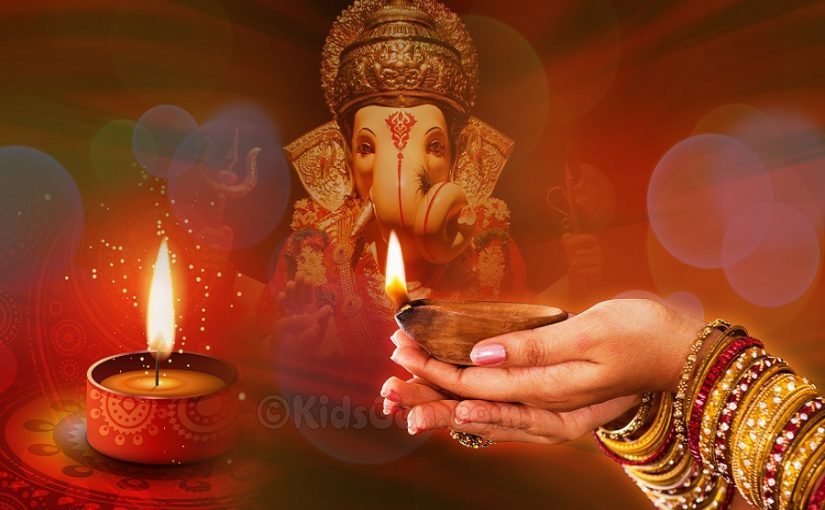
Diwali
Diwali, the Hindu festival of lights, is the most popular of all the festivals from South Asia.
The festival is celebrated by Hindus, Sikhs and Jains for a variety of reasons, although the main theme which runs throughout is the triumph of light over darkness and good over evil. To celebrate, houses are decorated with candles and colourful lights and huge firework displays are held while families feast and share gifts.
What is Diwali?
Diwali is called the festival of lights because rows of lamps are lit inside and outside homes and buildings for the holiday. These lamps are called deepavali (say “deep-a-vallee”) in Sanskrit, which is where we get the word Diwali.
Hindus celebrate the return of deities Rama and Sita to Ayodhya after their 14-year exile. They also celebrate the day Mother Goddess Durga destroyed a demon called Mahisha.
Sikhs particularly celebrate the release from prison of the sixth guru Hargobind Singh in 1619. But Sikhs celebrated the festival before this date. In fact, the foundation stone of the Golden Temple at Amritsar, the most holy place in the Sikh world, was laid on Diwali in 1577.
The founder of Jainism is Lord Mahavira. During Diwali, Jains celebrate the moment he reached a state called Moksha (nirvana, or eternal bliss).
How to Celebrate?
There are lots of ways to celebrate and not just by lighting lamps. In India, families will clean their homes and buy new clothes, while businesses settle up their accounts and get their finances in order for the new year. During the festival, complicated designs called rangoli (say “rang-o-lee”) are made on floors or the ground using coloured rice or powder to bring good luck. Families visit each other bringing gifts and sweets.
The lights line the street and even are floated down rivers on little boats. Nowadays the traditional small lamps are joined by electric light displays and LEDs. All these lights represent the triumph of light over dark and the power of good over evil. In the Hindu religion it’s also a time to honour the gods and goddesses, especially the goddess Lakshmi, and the gods Rama and Ganesha.
Traditionally, each day of Diwali has a different focus, with the first day as a shopping day, especially for gold or silver. The second day is used to decorate the home, with the third day as the main day of the festival, with fireworks at night, and a feast with family and friends. On the fourth day spouses exchange gifts, while on the fifth day brothers and sisters spend time together.
Millions of people around the world celebrate Diwali – it’s an official holiday in India, Pakistan, Nepal, Sri Lanka, Malaysia, Singapore, Fiji, Myanmar, and Trinidad and Tobago. In places like Melbourne, Australia and Leicester, England, there are fireworks and street festivals attended by tens of thousands of people.

What is eaten during Diwali?
The food most closely associated with the festival is Indian sweets, which come in a range of colours and flavours. The celebration however features various rich savoury and sweet dishes, and while eating out is popular, families will mostly prepare food at home for when guests arrive to exchange gifts and watch fireworks. Unlike the traditional roast turkey at Christmas, each family celebrating Diwali will more than likely have its own favourite meal for the festival, and the food will most often play a central theme to the celebrations.
Related Festivals
-
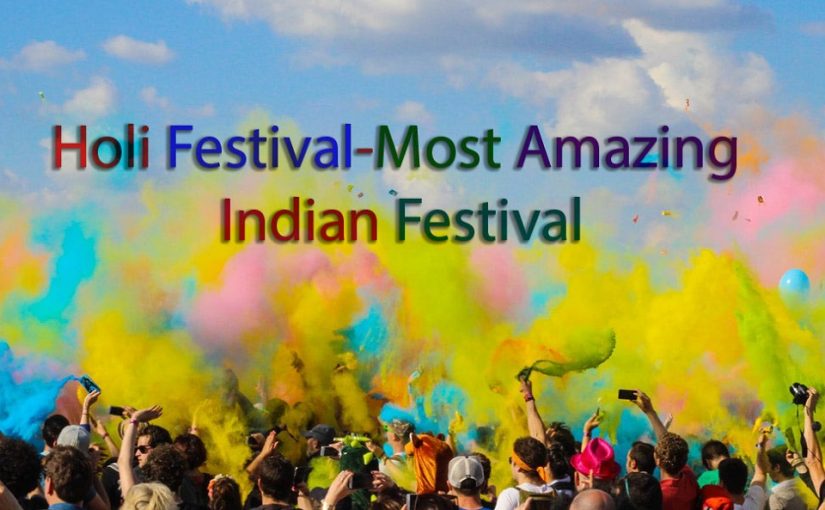
Holi & Dhulandi
Holi, a traditional Hindu festival which celebrates the begi... -
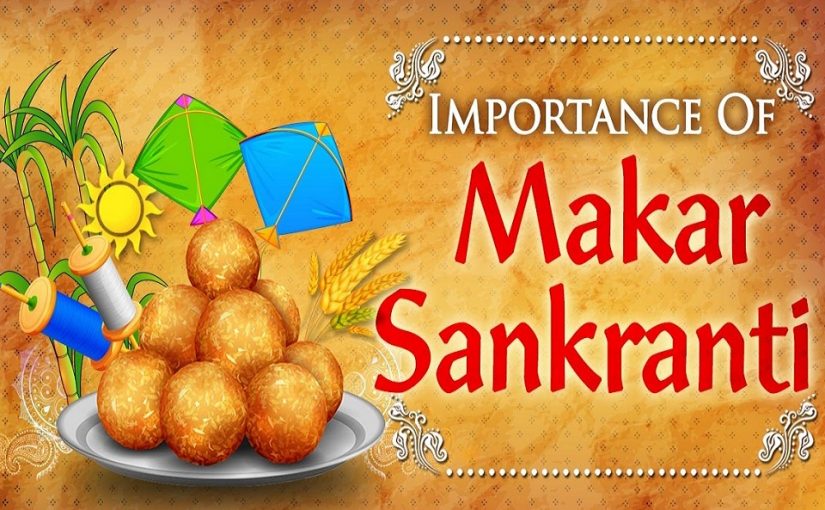
Makar Sankranti
India’s cultural heritage is richer than any other nation ... -
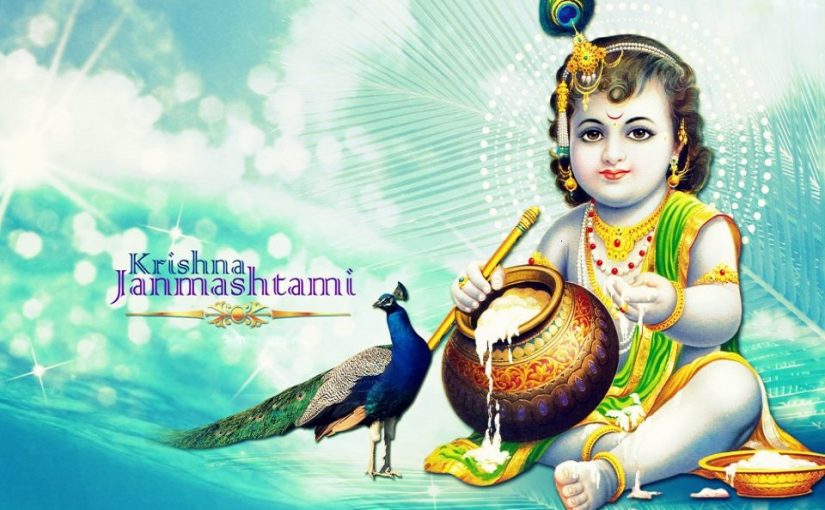
Krishna Janmashtami
The birth of Lord Krishna (a re-incarnation of Lord Vishnu) ... -
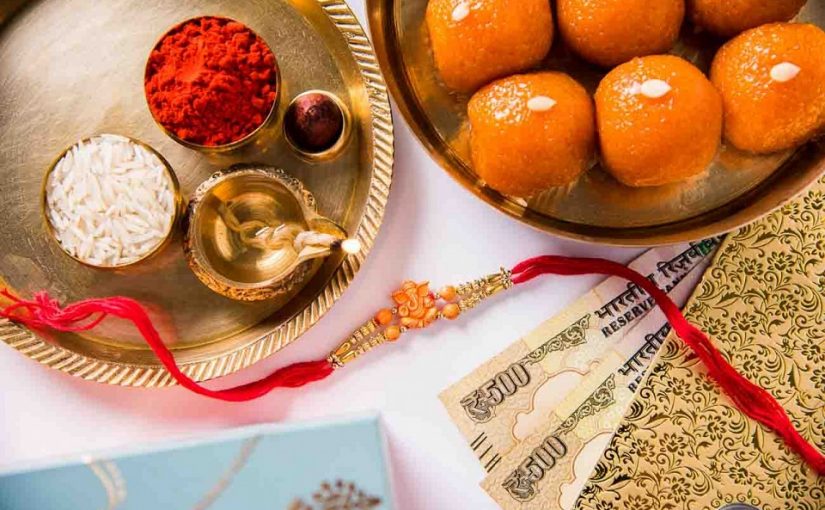
Raksha Bandhan
Raksha Bandhan celebrates the bond of affection between brot... -
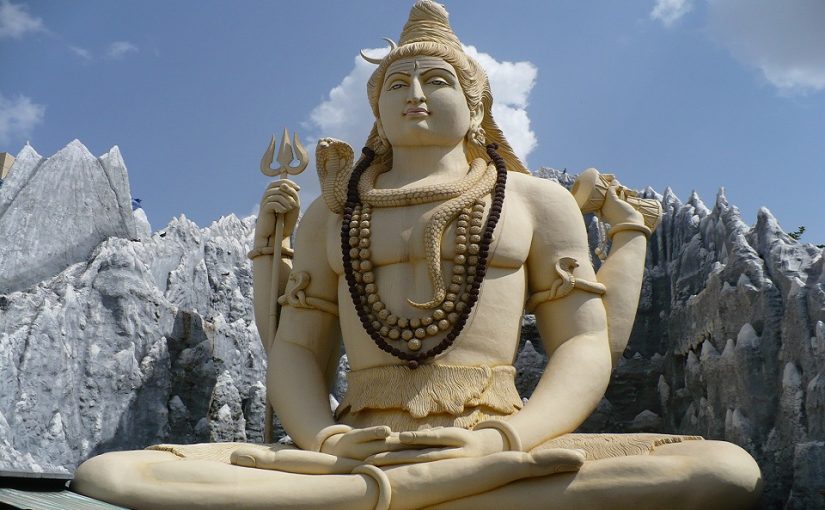
Maha Shivaratri
There is a legend about a time when the Asuras (demons) and ...






